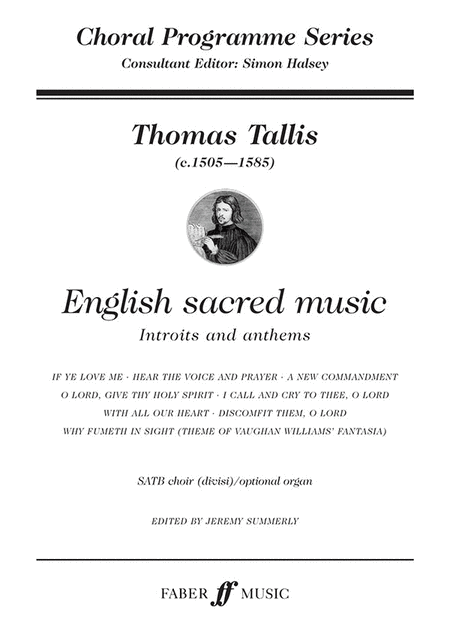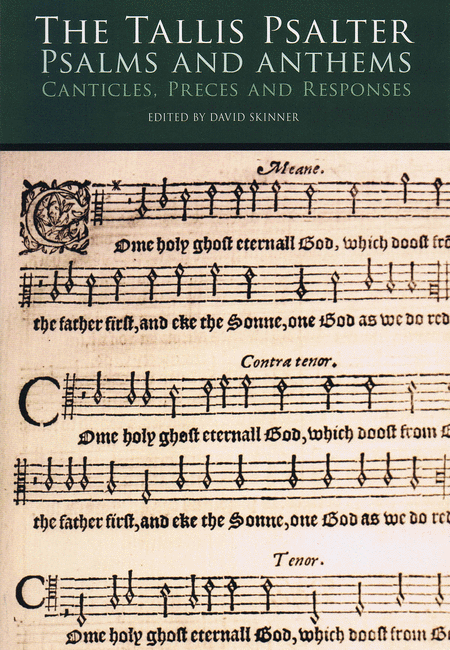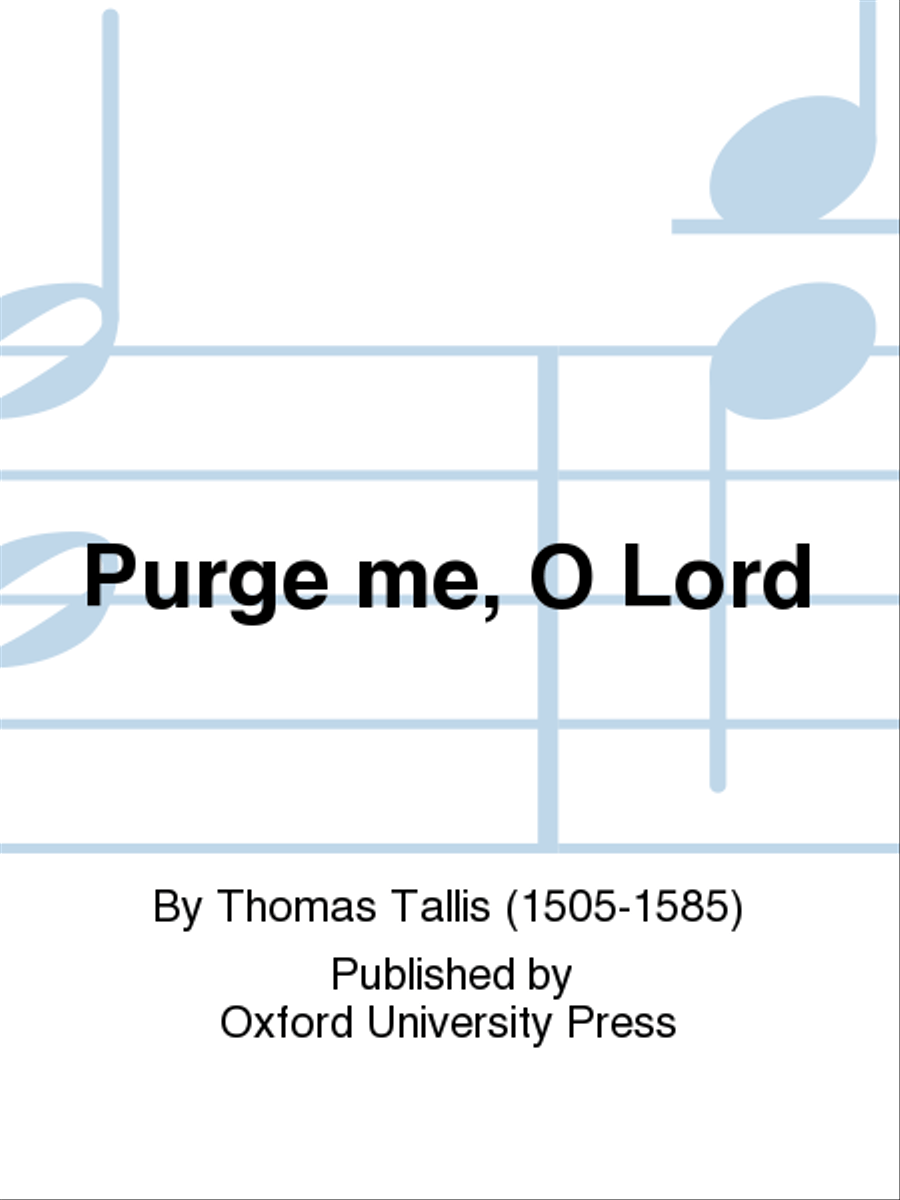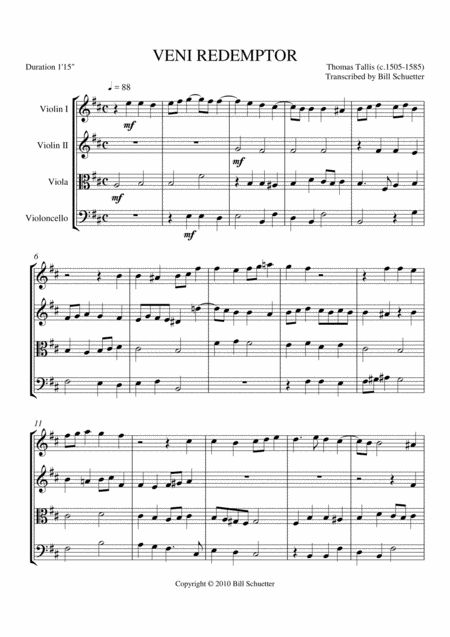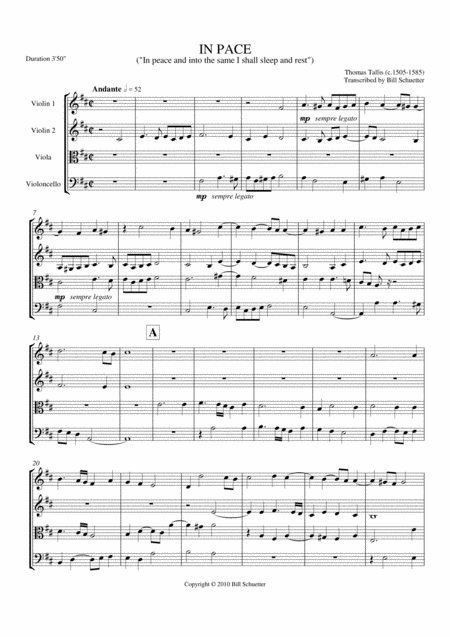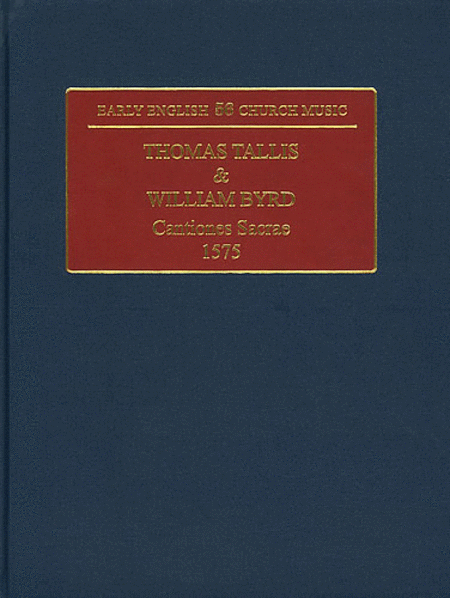Thomas Tallis (1510 - 1585)
 Royaume-Uni
Royaume-Uni
Thomas Tallis (c 1510?23 November 1585) was an English composer. Tallis flourished as a church musician during the often stormy sixteenth century in England. He occupies a primary place in anthologies of English church music, and is considered among ... (Read all)
Source : Wikipedia
 Royaume-Uni
Royaume-UniThomas Tallis (c 1510?23 November 1585) was an English composer. Tallis flourished as a church musician during the often stormy sixteenth century in England. He occupies a primary place in anthologies of English church music, and is considered among ... (Read all)
Source : Wikipedia
RENAISSANCE Free sheet music of Thomas Tallis - H H
1 sheets found sorted by:
Search #Renaissance
| ||||||||||||||||||||||||||||||
© 2000 - 2024
Home - New releases - Composers
Legal notice - Full version



